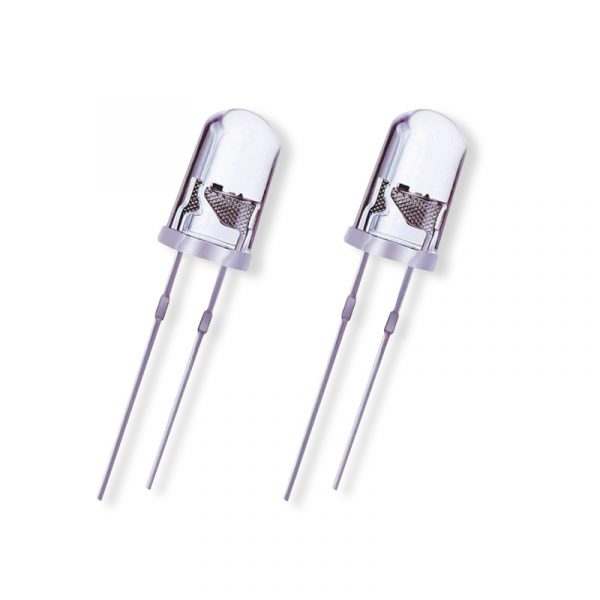Infrared LEDs play an important role in applications, from remote controls to security systems, without these components. However, how to judge the quality of infrared LEDs during use? What are the reception methods for infrared LEDs? This article will introduce this.

How to judge the quality of infrared LEDs
- Appearance inspection: First, check the appearance of the diode for obvious defects, such as defects, cracks, etc.
- Electrical parameter inspection: By calculating and measuring the equivalent values of resistance, current, and voltage, check whether the electrical parameters of the component strictly comply with the specified values.
- Optical parameter inspection: Detect whether the infrared emitted from the infrared receiver is normal, and test whether its output power meets the requirements.
- Other tests: Special testing instruments can be used to test parameters such as infrared wavelength and emission angle.
Receiving method of infrared LEDs
There are two main reception methods for infrared LEDs
- Direct reception: Install the infrared LEDdirectly on the module or device that needs to be detected or received, such as an infrared signal receiver.
- Indirect reception: The emitted infrared signal is transmitted to a designated location through phenomena such as reflection, refraction, and scattering, and is received and processed by an infrared receiver. A common example is an infrared remote control.
It should be noted that regardless of the receiving method, it is necessary to ensure stable light quality of the infrared LED, and to correctly calculate the emission angle and wavelength of the infrared to ensure its performance and effectiveness.
Infrared LEDs, as an important electronic component, have a wide range of applications in modern society, but how to judge their quality is very important for users.












